My curiosity about stitching is unstoppable now. So, I thought, why not start a sewing stitching project? But I can’t become pro and start doing Embroidery overnight. So, first of all, I had to learn, and who’s a better teacher rather than my grandma?
Without a second thought, I ran to grandma’s house and asked how to start a stitch hand sewing.
She smiled and happily said:
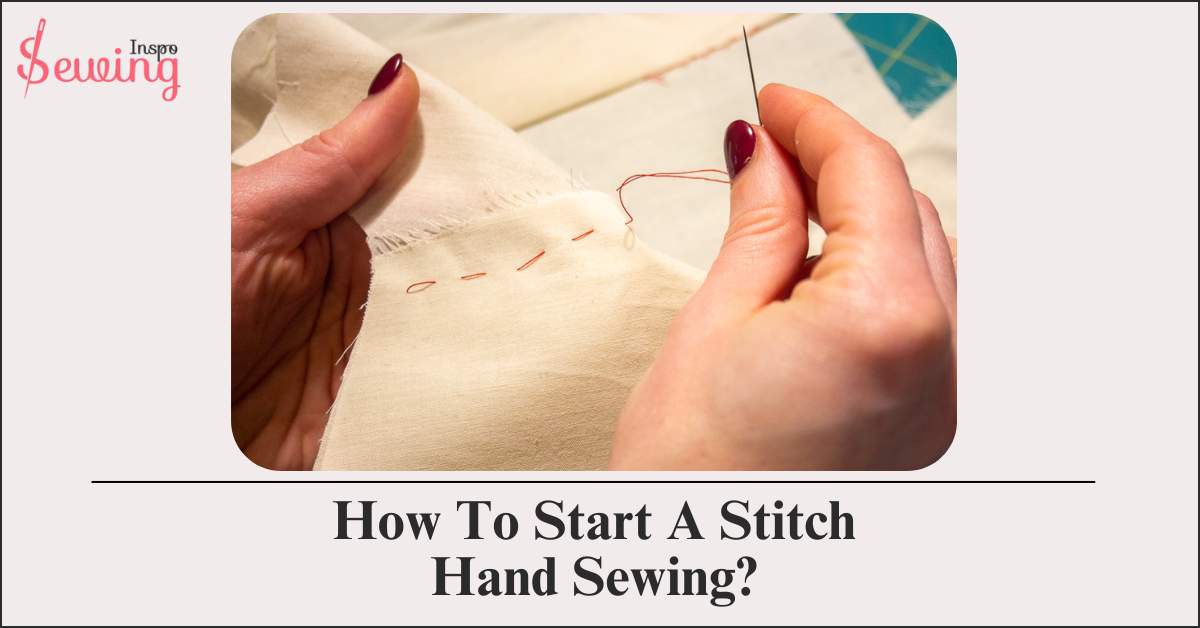
how to start a hand stitch
To start a stitch in hand sewing, thread your needle, knot the end of the thread, and push the needle through the fabric from the underside.
Hmm, but Grandma, this was just a basic idea, I know. So, please tell me more specifically about how to sew basic stitches by hand. I wanna sew and do blanket stitch one day.
-OK, then be patient and listen carefully and learn how to start a stitch by hand.
Table of Contents
How To Start A Stitch Hand Sewing?
Listen, starting a stitch with hand sewing isn’t that difficult. You just gotta adopt the technique attentively. But before the stitch, you need to collect the materials and needle.
- Collect Fabric For Stitch Hand Sewing
- Collect Thread And Needle For Stitch Hand Sewing
- Thread The Needle
- Prepare The Fabric For Sewing
- Sewing Stitch Process
- The End Of Sewing Stitch
Now, let me teach you how to start a sewing stitch effortlessly.
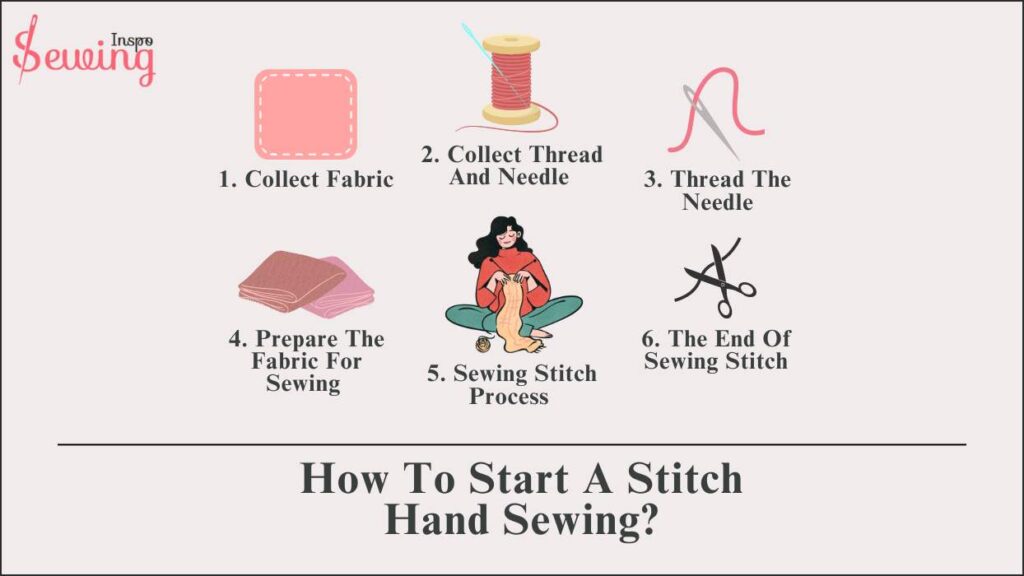
Collect Fabric For Stitch Hand Sewing
Well, you can hand stitch on all kinds of fabric. But when you are learning, you need to be selective espisally if you are doing stitch without a sewing machine. At first, you obviously can’t hand running stitch in hard fabric.
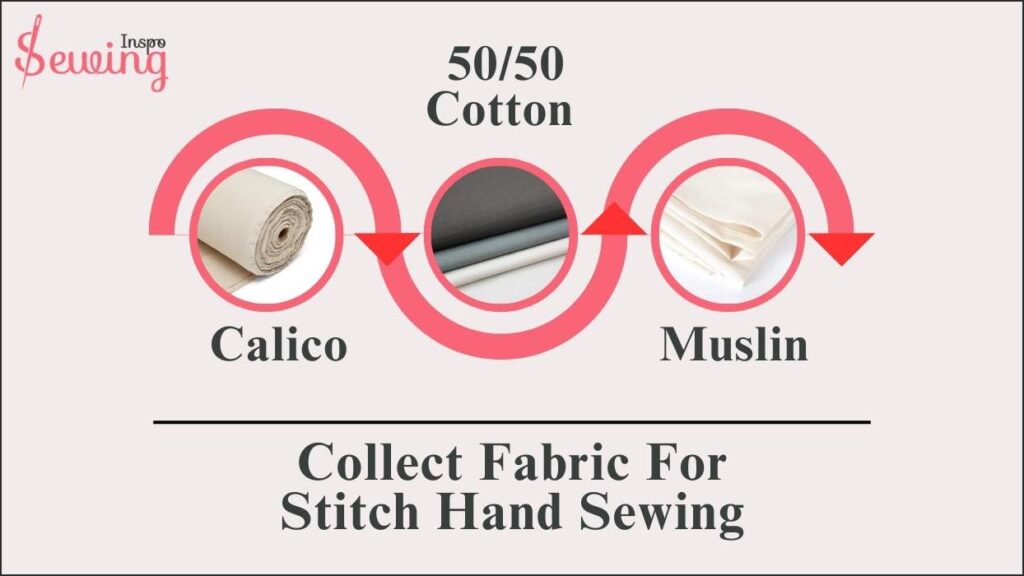
So, as beginner sewing projects, you should go for thicker fabrics and start with medium-weight woven fabrics of 150-350 gsm. Those are small, so it’s easy to hold them and start the practice and perfect for types of hand stitches.
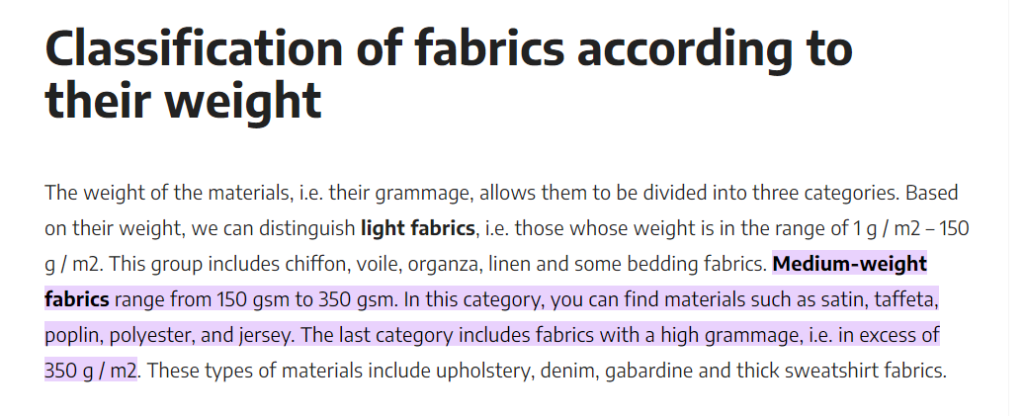
-what if I can’t find that?
-If so, you can go for the calico, muslin, and 50/50 cotton blend. Those are also perfect for a beginner’s start stitching or doing a sewing project.
Collect Thread And Needle For Stitch Hand Sewing
-now, after getting the fabric, you need a sewing needle and thread. Market it filled with a dozen needles and thread. All those have their purpose to serve. Just like blanker stitch needs some other kind of needle and catch stitch needs another.
Since you are a beginner, it’s better to get the idea of the sewing needle.
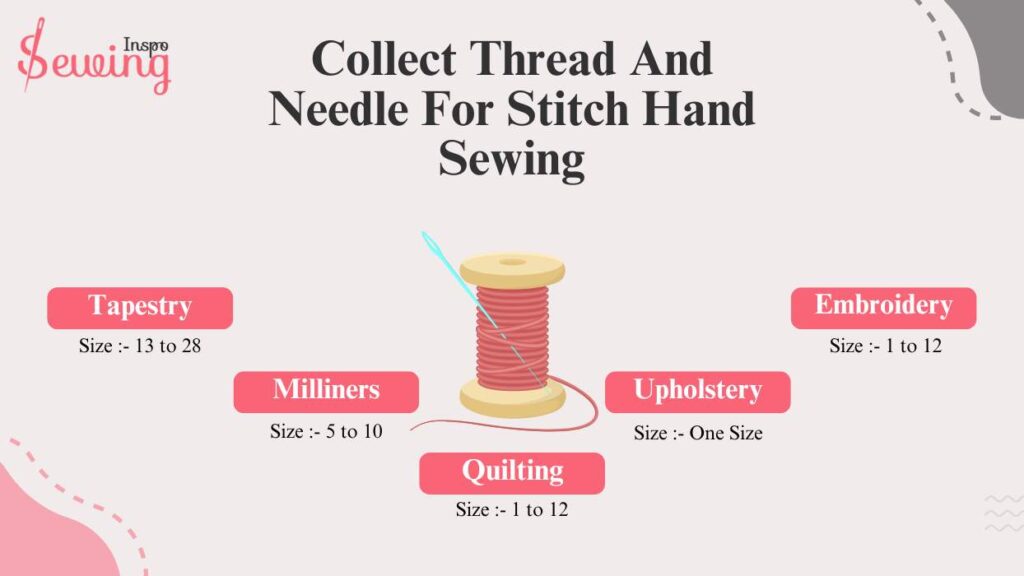
Although there are many kinds, the most basic kinds of needles which is suitable for sewing by hand with a needle:
-that’s a long list, Grandma! What size needle should I get for them?
-you should go for a 6-8 size needle. But if you ask specifically, then I would suggest you try a Tapestry needle with sizes 6 (4mm), 7 (4.5mm), or 8 (5mm) needle for all type of stitch.
-I got it, but what about the thread? I read in Sartor Bohemia that polyester thread is best for beginners like me. And it’s to do embroidery on the dress.
-Yes, it’s true. You can also use Silk thread. This is even better when hand sewing a buttonhole stitch. However, you can even use cotton thread or any thicker thread.You can even use this stitch for saddle stitching.
Thread The Needle
So, What’s The First Step To Starting A Hand Sewing Project? The first step is to thread the needle. Now that you have everything you need, it’s time to start the hand stitch. The first step in starting a hand-sewing stitch is threading the needle.
Get the matching thread with the fabric. Use a double thickness of thread by cutting a manageable length, such as 36 inches. The inch may differ if you want to sew chain stitch by hand.
Thread one end through the eye of the needle, bring it to meet the other end and tie a double knot to join them. You can moisten the thread with water, but I usually do it with my mouth. I know it’s kind of tricky at first.
So, here is the little trick: Take the thread and grab it around the needle. Then, take out the thread. It must have made a little hole in the thread, right? Now, stretch the thread with your 2 fingers, then put the head through the needle in it. And that’s it! You get the thread and needle. And if you want to cut the hassle fully, then use a needle threader.
Watch The Tutorial
How to Thread a Needle for Hand Sewing – Beginner Sewing Tutorial 1
Prepare The Fabric For Sewing
You have everything you need, right?
Now, let’s start the basting stitches or any other stitch process.
Grab the fabric and Use a ruler and chalk to draw a 90-degree straight line.
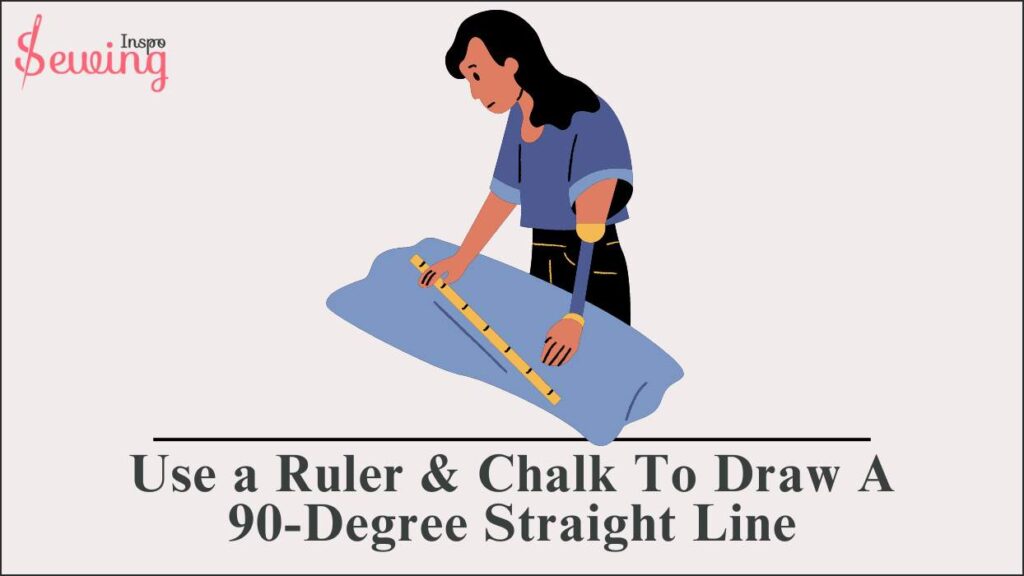
That is especially helpful for straight stitch by hand.
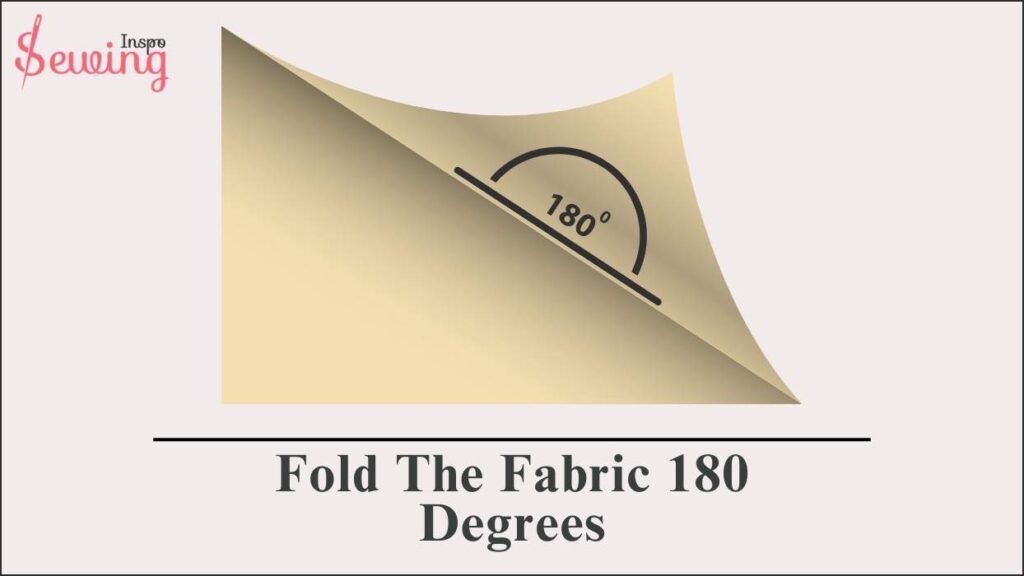
You can also fold the fabric 180 degrees, just like whip stitch.
Just practice holding two fabrics’ raw edges together. Then, thread your needle with a double thickness of thread and knot one end to secure it. Or the best you would do is back stitch around the edge of the fabric.
Sewing Stitch Process
Now let’s do sewing by hand.
Bring the needle up from the bottom of the fabric to start your stitch, holding the threaded needle on the wrong side of the fabric where you want to sew. Put gentle pressure and push the needle up through the fabric until the knot catches on the back. Just like you would do with pick stitch.
It’s best if the needle’s eye is angled 5° to the right of the center. It’s okay if it’s between 0° and 20° to the right, but 5° is the best position to avoid thread breaks.

Next, make your first straight hand stitch about 1⁄4 inch long. Maintain the perfect distance between stitches. A perfect distance can help you do the perfect blind stitch by hand. Place the needle on the fabric surface, push it through to the underside, and pull it underneath to create the stitch.
Once you’ve made the first stitch, bring the needle back up to make another stitch of the same length. Repeat this process to create a row of straight stitches along the guideline.
The End Of Sewing Stitch
-so, how to end a stitch hand sewing?
-No worries, there is a way to how do you secure the start of a hand stitch. There are a few methods to end a hand stitch. However, the most common methods were:
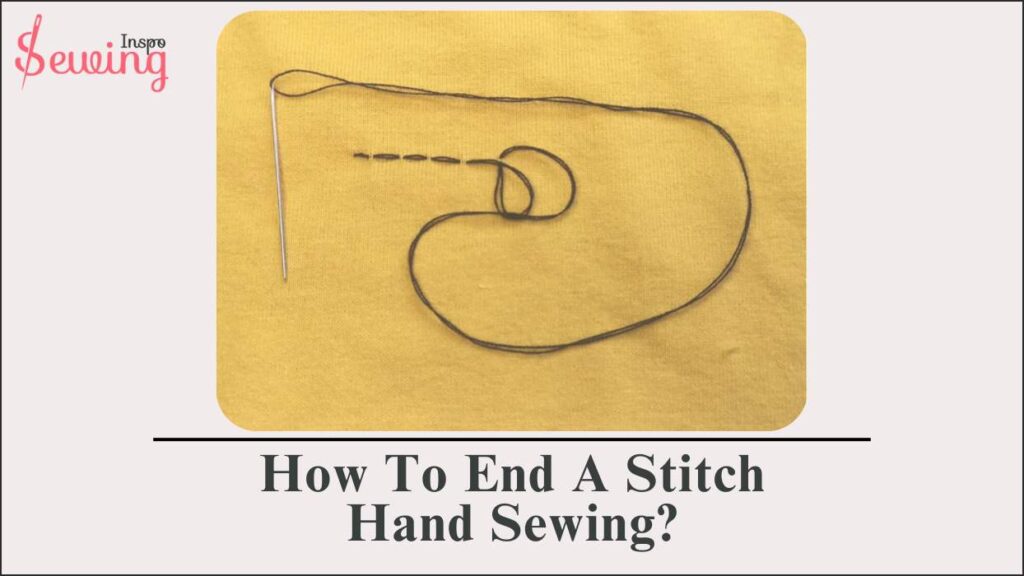
-You can Start by making the final basic hand stitches in your row and leaving a 2-3 inches of thread at the end.

Cut the threads near the needle, separating them into 2 strands. Tie a simple knot by bringing one thread over the other and under, repeating once or twice for added security. Finally, snip off the excess thread.
You can also sew the final stitch, leaving extra thread. Bring the needle back under the last stitch, forming a loop. Pass the needle through the loop and gently pull until the knot settles. Repeat once more, then snip off the thread ends cut the extra thread with sharp scissors. And tada! Your stitch is done.
If you wanna learn the ending process in more detail, then read the ” How to end hand stitch article.
How To Start Sewing By Hand A Visual Guide
In case you’re stuck or confused. So here is a visual guide for you.
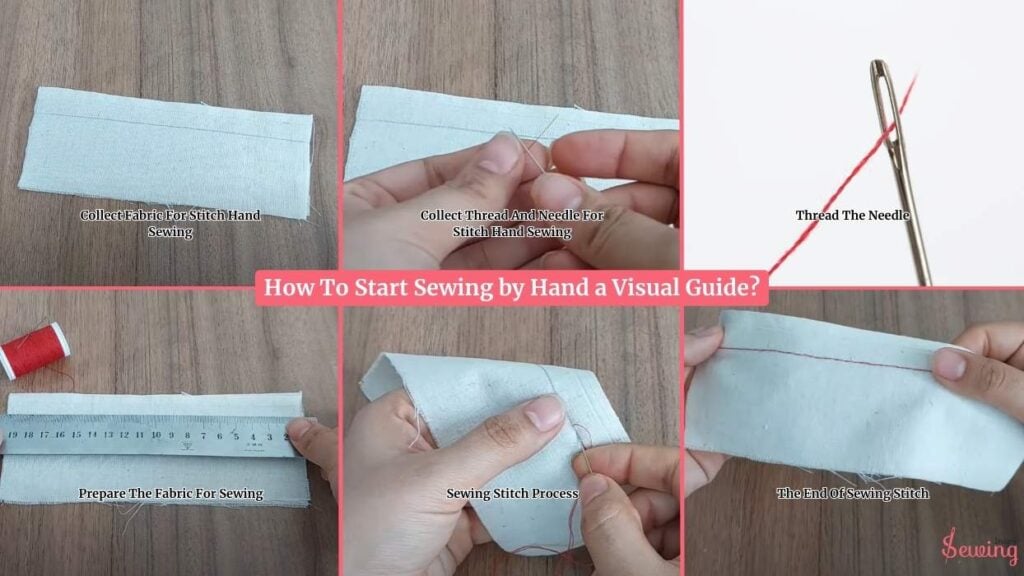
How To Start Hand Sewing With Or Without A Knot?
-Grandma, what are the knots about? I’ve heard about them in many articles, and you’ve mentioned them many times too. Can you explain it?
-A knot secures the sewing thread in the needle so that it doesn’t go away while stitching. It’s super easy, too. Just cut a double thread about 3 times the length of your strong seam. Once you’ve threaded your needle, tie your with the Granny Knot, where you loop the thread end over and through. Or try out the wrap-around-your-middle finger technique, where you pinch, wrap, and slide off. This process is most used in tacking stitches by hand.
-Well then, how to start hand sewing without a knot?
-Doing a knot is interesting, but what if I want to avoid it? How to start a stitch hand sewing without a knot?
-sure you can. And for that, you need to cut a long piece of thread in half. Thread both ends through the needle. Then, bring the needle out from the back layers of fabric (like felt), but only pull the thread some of the way through.
Leave a loop visible on the back. Position the needle close to where you started the stitch and pull it through to the backside. Now, guide your needle through the loop on the backside. Pull gently to secure the stitch. That’s it! No knots, and everything lays flat.
At A Glance:
- Get 6-8 size tapestry sewing needle.
- Prepare the pieces of fabric with a straight guideline, thread the needle, and sew straight stitches along the line at a 1/4 inch interval.
How To End A Stitch By Hand?
Now you know how to start stitch, but what about to end? It’s not rocket science, either. Here is how you can do it easily.
- Finish your final stitch where you want the seam to end.
- Insert the needle under the last stitch or nearby threads to form a loop.
- Pull the thread partially through the loop to begin forming a knot.

- Pull the thread snug to secure the knot close to the fabric.
- Make a second or third knot if you want extra hold, especially for seams that take stress.
- Cut the thread close to the knot, but not too close—leave a tiny tail to prevent unraveling.
How To Start Sewing By Hand A Visual Guide
This video tutorial will help you start sewing with confidence!
Frequently Asked Questions
What Is The Easiest Thing To Start Sewing?
As a beginner, you should avoid doing complex stitches. You should start with napkins, zippered bags, pocket bags, etc.
How Do You Start And Finish Hand Stitching?
To start hand stitching, thread your needle, tie a knot at the end of the thread, and bring the needle up through the fabric at the starting point. To finish, stitch until the end, then secure the last stitch by making a small knot or looping the thread through previous stitches.
Cut the thread close to the fabric to finish neatly.
Final Thought
Thanks, Grandma, for explaining how to start sewing a stitch by hand.
Now I think i know how to start hand stitch. Now, it’s time to practice once I go home.
And if you are a newbie in the sewing era like me, then stay with sewing inspo. You will get what you are looking for.

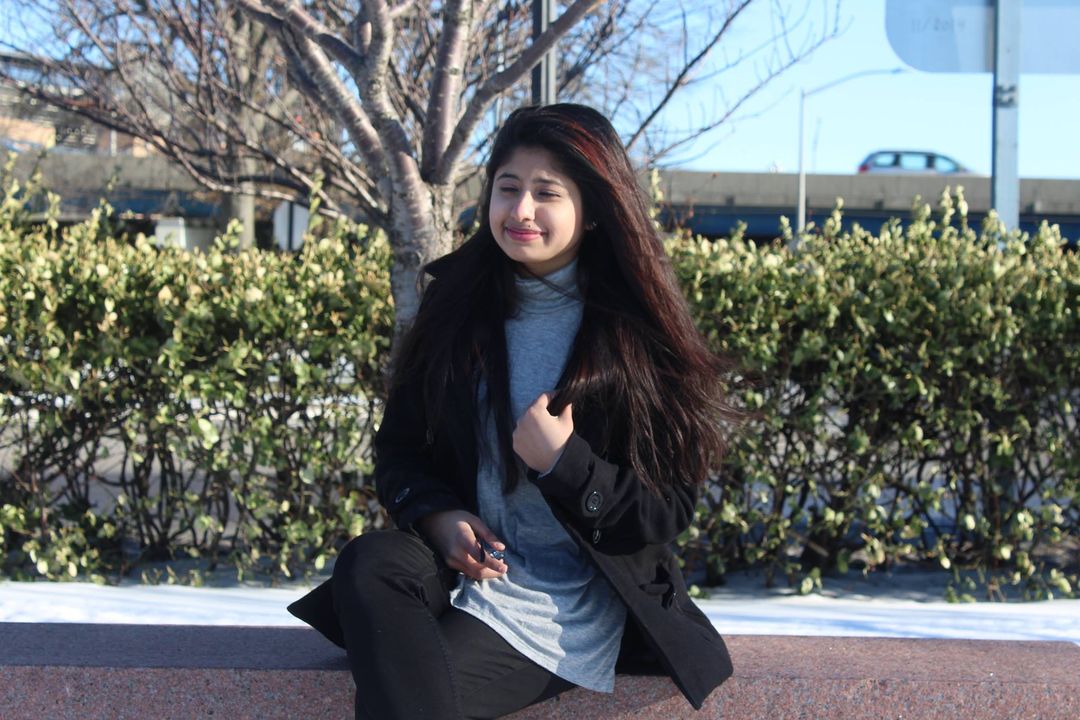
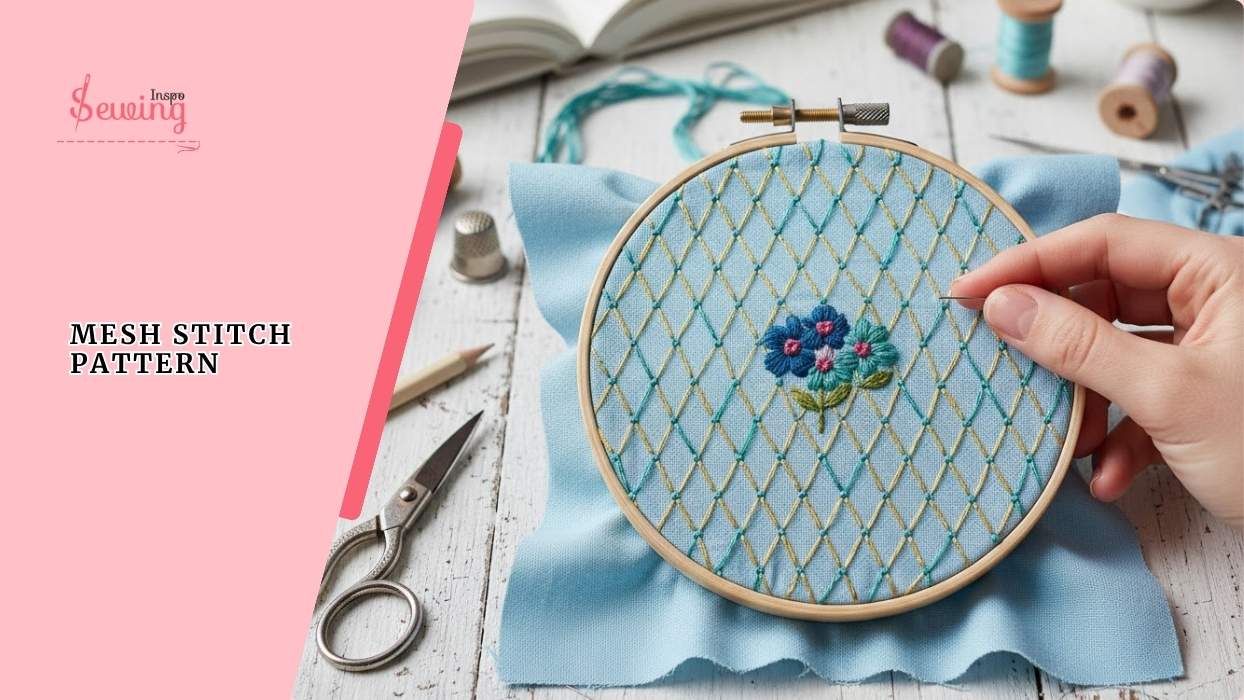
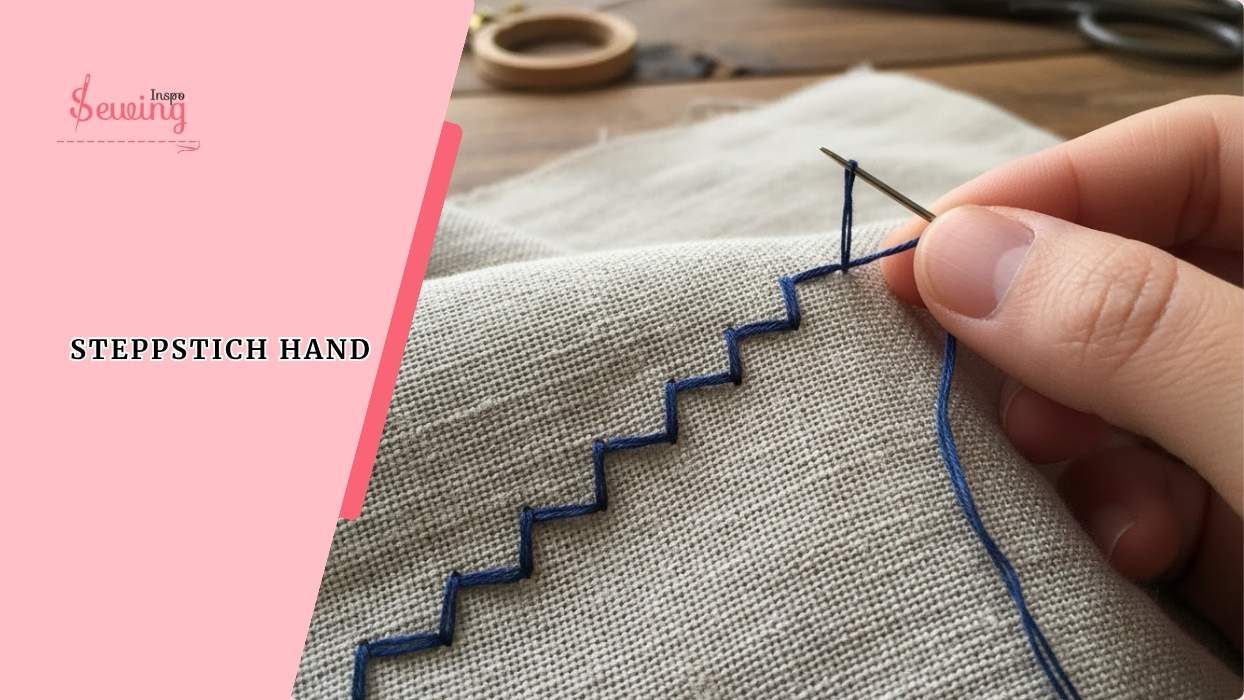
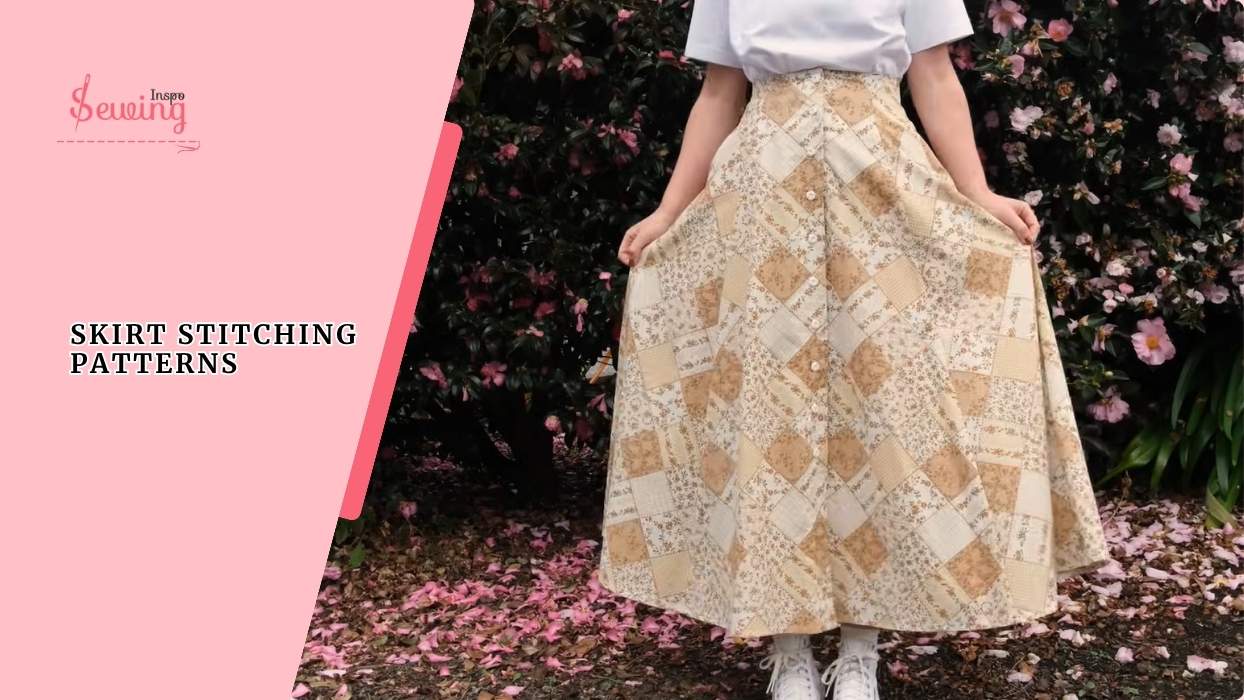
Leave a Reply